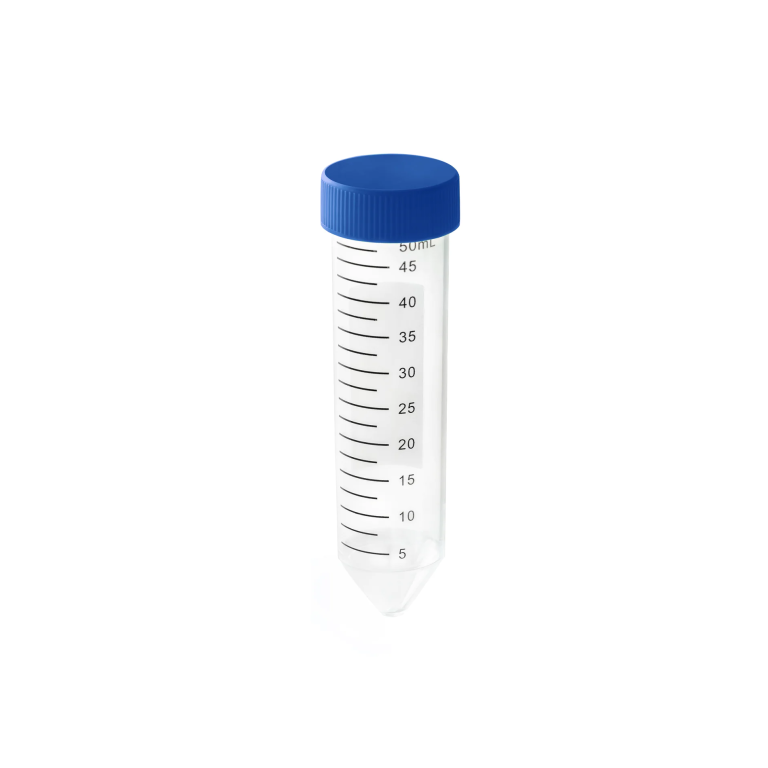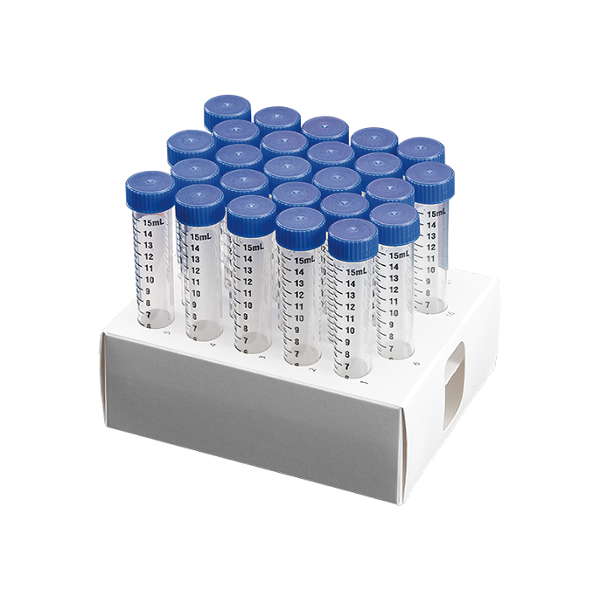Choosing the right pipette tips is crucial for accurate and precise liquid handling in the laboratory. Here are some general guidelines to help you select the appropriate pipette tips:
- Match the Pipette Volume Range:
- Ensure that the pipette tips are suitable for the volume range of your pipette. Pipette tips are typically available in various sizes (e.g., P10, P20, P200, P1000) to match the corresponding pipette models.
- Check Compatibility with Pipette Brand and Model:
- Different pipette manufacturers produce tips that are specifically designed for their pipettes. Always use tips recommended or designed by the same brand as your pipette to ensure compatibility.
- Consider the Type of Pipette:
- Micropipettes, positive displacement pipettors, and serological pipettes have different tip designs. Make sure to choose tips that are appropriate for the type of pipette you are using.
- Disposable vs. Reloadable Tips:
- Some pipettes use disposable tips, which are discarded after each use to prevent cross-contamination. Others use reloadable tips, which are washed and autoclaved between uses. Ensure you are using the correct type for your application.
- Quality and Material:
- Choose high-quality tips made from materials that are free from contaminants. The material should be compatible with the chemicals or samples you are working with. Common materials include polypropylene and polyethylene.
- Filter Tips for Contamination Prevention:
- If working with sensitive samples or to prevent aerosol contamination, consider using filter tips. These tips have a barrier to prevent liquid from contaminating the pipette.
- Sterility:
- For applications that require sterile conditions, use sterile pipette tips. These tips are typically irradiated to ensure they are free from microorganisms.
- Specialized Tips for Unique Applications:
- Some applications may require specialized tips, such as low-retention tips for viscous samples or tips with extended length for deep-well plates. Choose tips that meet the specific needs of your experiment.
Always refer to the user manual provided by the pipette manufacturer for guidance on compatible pipette tips. Additionally, consult with colleagues or the laboratory manager to ensure that the selected tips meet the requirements of your specific laboratory protocols.


